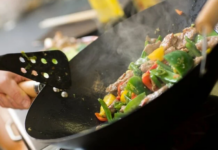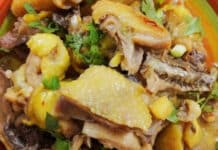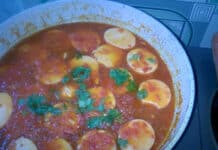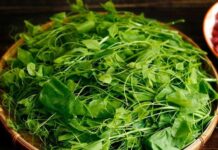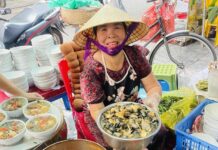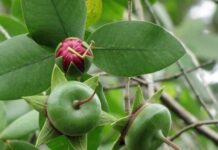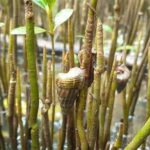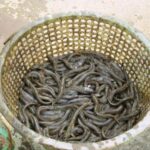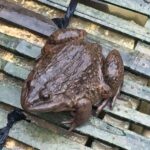Dwelling in Stone Caverns and Decaying Tree Trunks
Forest shrimp typically inhabit dense, humid forests, particularly areas abundant with decaying tree trunks, stone crevices, or moss-covered tree bases. Locals report that during the day, these creatures shelter in cracks or nests within tree trunks, emerging only at night to forage. Unable to survive in aquatic environments or captivity, they can only be harvested from the wild.
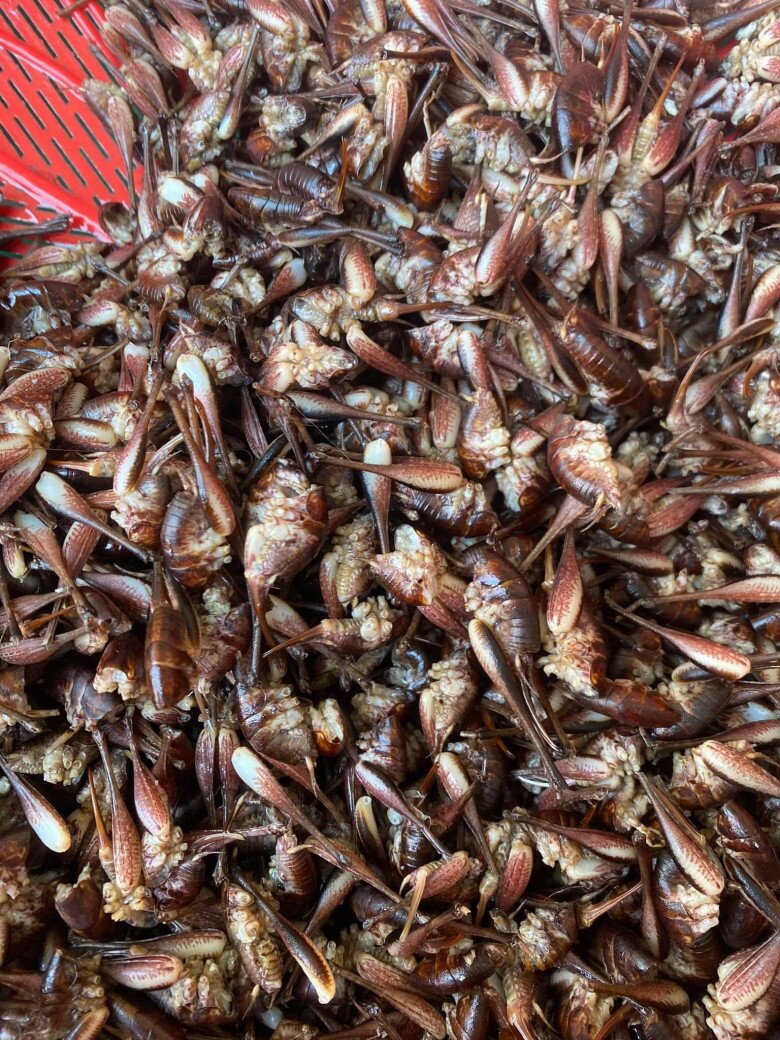
Seasoned forest shrimp hunters reveal that locating nests requires observing tree bark, listening for sounds, and sometimes relying on falling debris. These nests typically appear as round hollows or clumped soil, resembling beehives from a distance, and can contain dozens to hundreds of shrimp.
Forest shrimp measure 4–6 cm in length, smaller than land shrimp, with a grayish-white or pale yellow hue, six legs, a pointed head, and short antennae. They move by jumping swiftly and easily conceal themselves in stone crevices. The Tay and Nung ethnic groups refer to them as “Củng Dóng,” meaning “shrimp of the forest.” Despite being insects, locals call them “shrimp” due to their curved bodies and leg-like appendages resembling claws.
A Sought-After Delicacy, Priced at 450,000–500,000 VND/kg for Culinary Creations
Forest shrimp are seasonal, appearing most abundantly in June and July during the rainy season when the forest remains moist. During this time, residents of Cao Lộc and Lộc Bình districts venture into the forest early in the morning to locate nests. A successful hunt can yield a few hundred grams to over a kilogram. Early-season prices range from 450,000–500,000 VND/kg, dropping to 250,000–300,000 VND/kg mid-season, depending on size and freshness.
Many view this as a significant income source during the rainy season, as these shrimp require no rearing costs, relying solely on hunting and gathering efforts. Additionally, curious tourists seeking unique dishes contribute to rising prices.
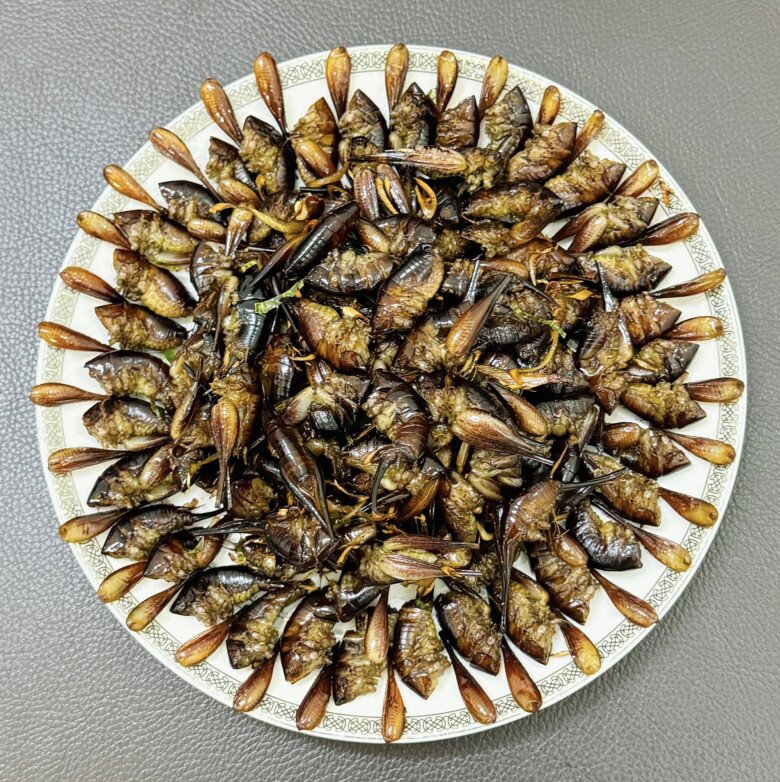
After harvesting, forest shrimp are cleaned, deheaded, deveined, and drained before cooking. The simplest and most popular dish is stir-fried with kaffir lime leaves or lolot leaves. Locals often use pork fat to enhance richness, adding a pinch of salt or sour bamboo shoots to balance the flavor. Other preparation methods include:
Deep-fried and served with chili lime salt – preserving their crunchiness.
Cooked with ginger leaves or lemongrass chili – infusing a distinctive mountain aroma.
Stir-fried with sour bamboo shoots – a favorite in Lạng Sơn restaurants, offering a tangy, refreshing taste.
Forest shrimp meat is nutty, slightly sweet, mildly fatty, and crispy, ideal as a drinking snack or paired with hot rice.
Sustainable Conservation and Harvesting
As forest shrimp depend entirely on their natural habitat, authorities advise locals against cutting trees, burning stumps, or clearing forests to locate nests, to prevent habitat loss. Some households have experimented with relocating nests near their homes and maintaining artificial humidity for breeding, though results remain inconsistent.
Forest shrimp are sporadically available at local markets and specialty restaurants in Cao Lộc town and Lạng Sơn City. Many tourists purchase a few hundred grams of dried or fresh shrimp to prepare at home. Restaurants like Lạng Sơn Specialties – Hoàng Văn Thụ and Năm Tươi Mountainous Delicacies (Cao Lộc) feature stir-fried forest shrimp with kaffir lime leaves on their menus, attracting visitors with their unique and rare flavors.







